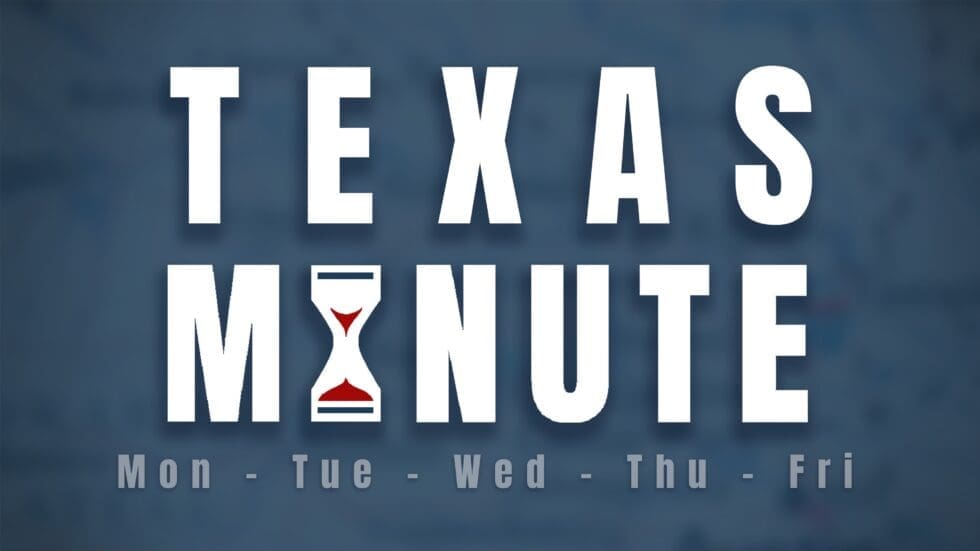The Obama Administration is touting the jobs “saved or created” because of the $787 billion stimulus plan passed earlier this year. One independent assessment of the total is 650,000; the White House puts the number closer to one million. Those numbers are in dispute for a variety of reasons, one of which is that many of the early reports from the states have had to be revised downward due to duplicate counting. Whatever number is correct depends on a coin toss (such are the vagaries of estimating jobs data).
Importantly, half of the jobs are in government — in non-wealth creating professions. Remember, the administration justified the package on the basis that 90% of the jobs would be in the private sector and that the money would be spent on shovel-ready projects.
Indeed, the largest number of jobs is in government with about half the jobs in education. According to a Houston Chronicle story today, 4,000 education-related jobs “saved or created” are in Texas. Private sector jobs have a genuine multiplier effect because they represent economic activity; public sector jobs rest on the collection of taxes from wealth generators. There’s not much shoveling in the school library.
Nonetheless, the October jobs figures may show the national unemployment rate breaking 10% this year rendering relatively meaningless any talk of the effect of the stimulus. The simple fact that unemployment rose after passage of the stimulus should put the neo-Keynesians to rest along with Keynes himself.
What happens to all those public sector employees when the stimulus runs out is a matter of speculation. Perhaps some of them keep their jobs because other public employees retire or quit. Or, perhaps those units of government seek to keep them on the payroll through increased taxes or unfunded spending.
Of even greater consequence is at what point does the Administration stop counting the impact of the stimulus package? The Administration’s economic recovery plan has cost American taxpayers approximately $92,000 per job (comments by Jared Bernstein, chief economist and senior economic advisor to the vice president) while millions more are unemployed. If the economy starts crawling toward recovery, when do the stimulus dollars no longer get credit? Does it get credit for an 18-month time period? Twenty-four months?
The chief advocates of funneling taxpayer money back through the public sector in the name of job salvation or creation should be forthright about how long the stimulus package will, by their own estimates, positively impact the job market. Only then can Congress have a vigorous debate before the President’s next state-of-the-union address, which will assuredly trumpet the success of his economic policies.



